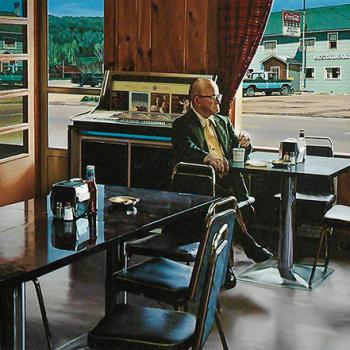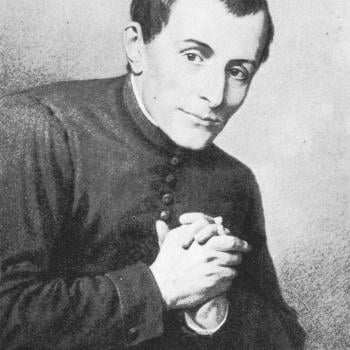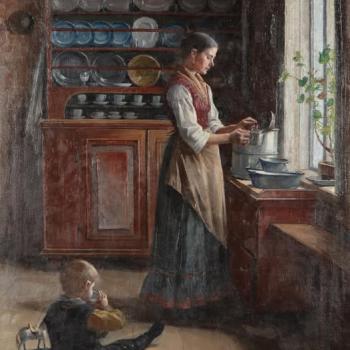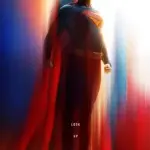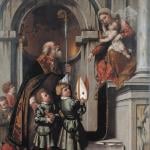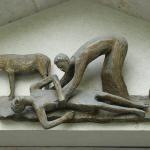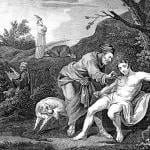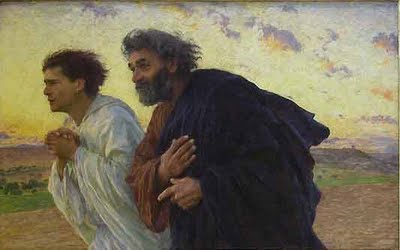
After Jesus’ rejection in Samaria we find him once again on the road in Luke 9: 57. This passage is an important piece of the story of Jesus and the way of life he calls his disciples to. The text is not explicit about where Jesus is heading specifically, but we do know he continues to head generally toward Jerusalem. In this passage he interacts directly with three would be followers of him. These interactions do have a parallel in Matthew 8: 18-22, but the context is somewhat different in Matthew and there are only two encounters. Bultman argues that these were originally sayings passed around, that Luke adds context to in a redactional decision.1
The first two encounters are quite similar in Matthew and in Luke but there are some differences. They both record two men who would like to follow Jesus, but are challenged with a high cost to do so. The first is challenged by being told that Jesus has nowhere to lay his head. And the second is challenged that the dead should bury the dead, when he wants to bury his father before becoming a follower. In Luke Jesus is first approached by a man, in Matthew the man is revealed as a scribe. In Mathew the scribe addresses Jesus as teacher, but in Luke that title is not included. The entire context is also different. In Mathew this encounter happens while he Jesus is in a boat near a crowd, while in Luke it happens while he is on the road. The second encounter is mostly identical, but Jesus calls the man First in Luke, while in Matthew the words “follow me” included in Jesus’ response to the man. The response Jesus gives seems rather harsh at first glance. he tells the man to let the dead bury the dead. Luke includes an extra command to the man, “go and proclaim the kingdom of God.”
The third encounter in Luke is incredibly interesting, but not without controversy. Bultman does not believe this one to be historical.2 He believes it would be to comical in real life. In this encounter a person wants to say goodbye to their family before following Jesus. Jesus replies that “no one who puts their hand to the plow and looks back is fit for the kingdom of God.”
In the end we are left with a number of theological problems.
- Jesus uses three images: foxes and birds, Dead who bury the dead and a plow. What significance do these images have.
- Why does Jesus seem to be sending people away from himself?
- How does this text interact with the culture and literature around at the time of Jesus?
- The call to be a disciple goes far beyond faith, can that be resolved with how the contemporary church views faith?
- The language Jesus uses is urgent. Should we be as extreme in our own lives?




